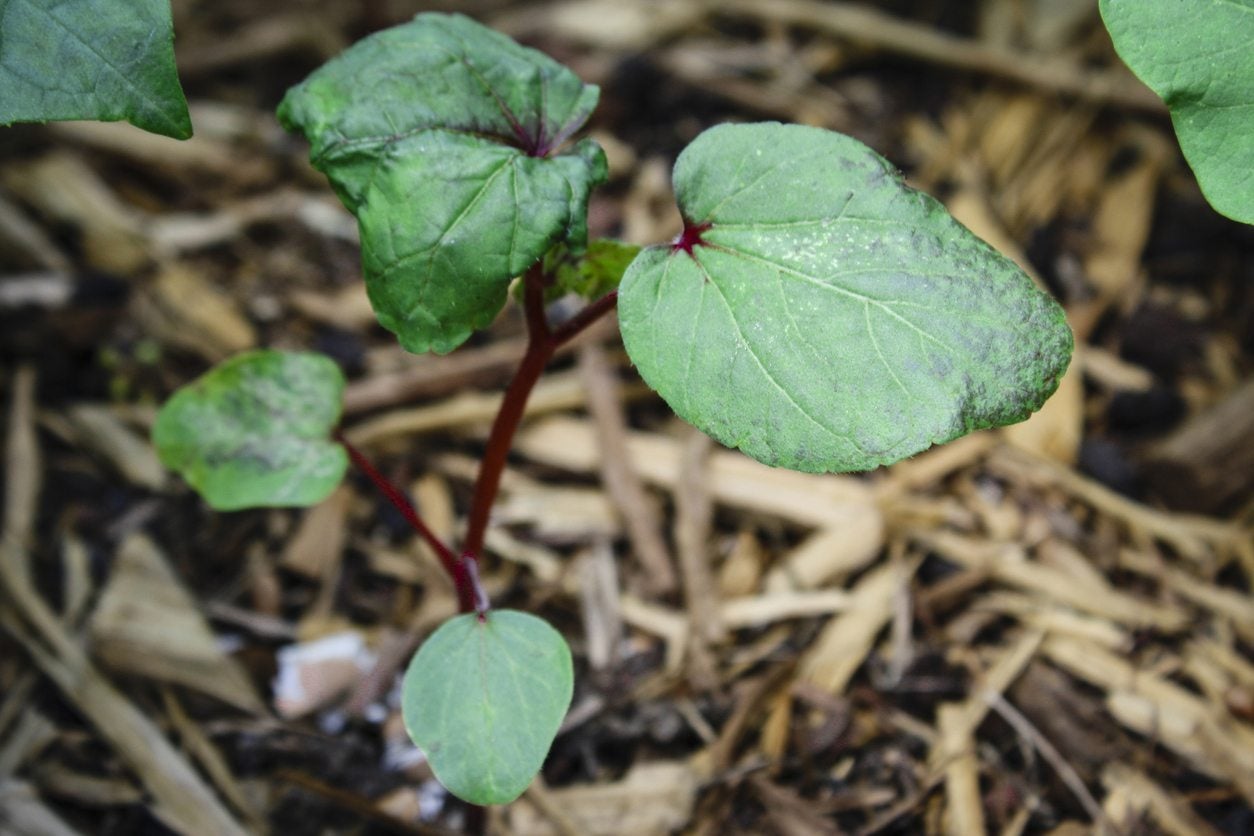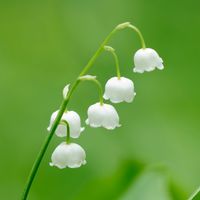Okra Seedling Diseases: Managing Diseases Of Okra Seedlings


Of all the stages of okra plant growth, the seedling stage is when the plant is most vulnerable to pests and disease, which can deliver a fatal blow to our beloved okra plantlets. If your okra seedlings are dying, then let this article take the “oh crud” out of okra cultivation and learn more about some of the more common okra seedling diseases and some prevention techniques.
Okra Seedling Diseases to Look For
Below are the most common problems associated with young okra plants and how to treat them.
Damping Off
Soil is comprised of microorganisms; some of which are beneficial-- others not so beneficial (pathogenic). Pathogenic microorganisms tend to flourish under certain conditions and infect seedlings, causing a condition known as “damping off,” which could be why your okra seedlings are dying and are the most common of all the diseases of okra seedlings. The fungi that are most culpable for causing damping off are Phytophthora, Pythium, Rhizoctonia, and Fusarium. What is damping off, you ask? It’s one of many diseases of okra seedlings where seeds either do not germinate or where the seedlings are short-lived after emergence from the soil due to turning soft, brown, and disintegrating altogether. Damping off tends to happen in growing conditions where the soil is cold, overly wet, and poor draining, all of which are conditions that the gardener has a degree of control over, so prevention is key! Once an okra seedling exhibits symptoms of damping off, there’s not much you can do to stop your seedlings from succumbing to the disease.
Yellow Vein Mosaic Virus
Okra seedlings are also vulnerable to yellow vein mosaic virus, which is a disease transmitted by whiteflies. Plants afflicted with this viral disease will display leaves with a yellow network of thickened veins that may turn completely yellow altogether. The growth of afflicted seedlings will be stunted, and any fruits borne by these plants will be deformed. There is no cure for treating a sick okra seedling with this disease, so a focus on prevention is ideal by being vigilant for whiteflies and stemming whitefly populations once they are spotted.
Enation Leaf Curl
It turns out that whiteflies cause more okra seedling diseases than just yellow vein mosaic virus. They are also the culprits for enation leaf curl disease. Enations, or outgrowths, will appear on the lower surface of leaves and the plant as a whole will become twisty and sinewy with the leaves turning thick and leathery. Plants exhibiting enation leaf curl virus should be removed and destroyed. Monitoring and taking action against whitefly populations is the best way to prevent this disease.
Fusarium Wilt
Fusarium wilt is caused by a fungal plant pathogen (Fusarium oxysporum f. sp. Vasinfectum), the spores of which can survive for up to seven years in the soil. This pathogen, which thrives in wet and warm conditions, enters the plant through its root system and compromises the plant’s vascular system, wreaking all sorts of havoc. As the name suggests, plants that contract this disease will begin to wilt. Leaves, starting from the bottom up and more predominately on one side, will turn yellow and lose their turgidity. Plants infected with this condition should be destroyed.
Southern Blight
Southern blight is a disease that takes reign in hot, humid weather and is caused by a soil-borne fungus, Sclerotium rolfsii. Plants afflicted with this blight will wilt and present yellowing leaves and a darkened discolored stem with a white fungal growth around its base near the soil line. Like plants with fusarium wilt, there is no means of treating a sick okra seedling. All affected plants will need to be destroyed.
Sign up for the Gardening Know How newsletter today and receive a free copy of our e-book "How to Grow Delicious Tomatoes".

Shelley Pierce was a writer for Gardening Know How, contributing to hundreds of articles for the site.